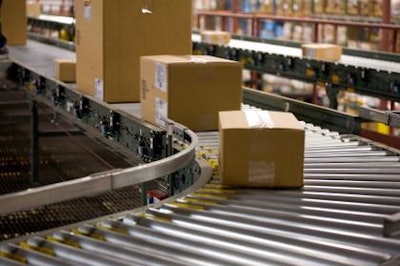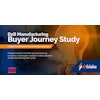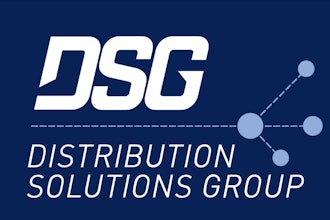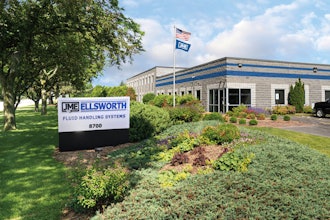
This is the first of a three-part series on thought leadership, titled, "Accelerating Fulfillment: What is your strategy for speed?" by Helgi Thor Leja, Industrial Distribution Leader, and Kim Zminkowski, Marketing Manager at Fortna Inc.
There are three levels of your strategy at which to consider the influence of speed:
- Overall Business Strategy (What are the requirements around speed?)
- Distribution Strategy (Where can you reduce time in transportation, inventory and other strategies that influence distribution?)
- Distribution Center Strategy (How do you speed up fulfillment within the four walls of the DC without losing accuracy and increasing cost?)
Business Strategy
At the highest level of your strategy, you need to understand the requirements around speed. Clients often come to us with questions like, “my customers want next-day delivery, what is it going to cost me to deliver that?” And the short answer is, “it depends.” How much faster do things have to be to remain competitive? In general, eCommerce has shifted customer expectations so that next day delivery is becoming the norm. But certain channels and perhaps some customers may not need that level of service. You have to figure out if and where speed applies to your business.
Figure out your real service requirements. And if the requirements are same-day/next day, you have to ask “what’s the benefit of delivering that level of service?” or conversely, “what’s the cost of not accelerating fulfillment?” The answer should be focused on financial performance or profitability. For example, many companies that offer free shipping with orders over a certain dollar value look to increase the average order value for higher margin in order to offset shipping costs. Likewise, some companies that offer faster fulfillment view the investment as a defensive strategy against increased competition for customers and look for an offset in order volume, margin, transportation savings, or some other competitive advantage.
Questions to Ask About Business Strategy:
1. What do your customers expect?
It’s important to distinguish between what a customer says they want and what they are willing to pay for. And keep in mind that different customers may have different service expectations. Do your branch customers need the same level of service as your direct-to-consumer channel? Are there different levels of customers even within a single channel that you need to service uniquely? Are some customers willing to accept a discount in exchange for longer lead time while others will pay a premium for the value of just-in-time replenishment? How about the planned vs. unplanned spend for MRO and the critical need for those higher margin unplanned items?
At the end of the day, speed costs money. A recent study by Booz & Company found that $5 shipping is the limit of what most customers are willing to pay for next day service. When you apply this to your unique business model, you have a very different service level at which you can operate profitability if your average unit selling price is $10, compared to a company that has an average unit price of $100. Luckily for most industrial distributors, average selling prices and strong margins allow for these types of questions to be addressed profitably.
2. What type of business are you?
A brand owner should think differently than a distributor. Brand owners (e.g., Milwaukee Tool) have value in the brand itself, and therefore, can compete differently. Compared to the branch that carries those brands, these companies may not need to compete on speed because they own the brand. But if service is your value proposition, you need to be able to deliver the product the customer wants quickly and cost effectively to remain competitive. Is service defined as an advantage for your company? What does your average unit sale look like in terms of value and margin? Pure play eCommerce distributors will often offer free shipping because they are willing to take that cost out of margin to get the business. How much margin do you have to invest to satisfy the customer and get that strategic advantage?
3. What’s your competitive situation?
Companies often struggle to understand the effect AmazonSupply and others have had on customers’ expectations around next-day/same-day delivery compared with their willingness to pay for it. Based on financial analysis, it would appear that AmazonSupply is currently less focused on profitability and more concerned about service, which is why companies struggle to compete against them. Yet, as noted in our previous article; AmazonSupply does not have all of the answers. Currently, very few companies are actually doing same-day delivery. And most distributors, through the branch network, provide some same-day but not all offer that. AmazonSupply may be pursuing it as part of a strategy to drive competitors out of the market. Some time ago, Walmart did a pilot of same-day delivery and only 8% of consumers took advantage of it. You have to understand what your customers truly value and what they are really willing to pay for.























